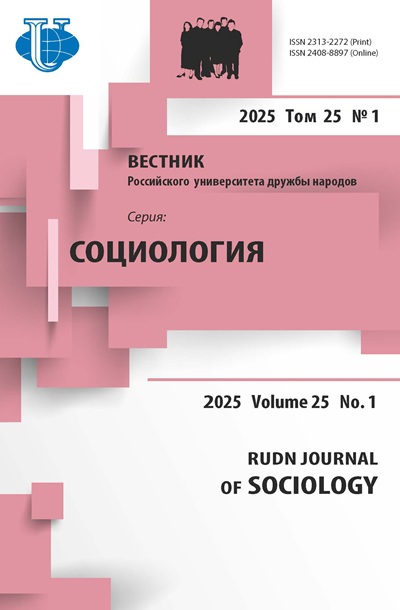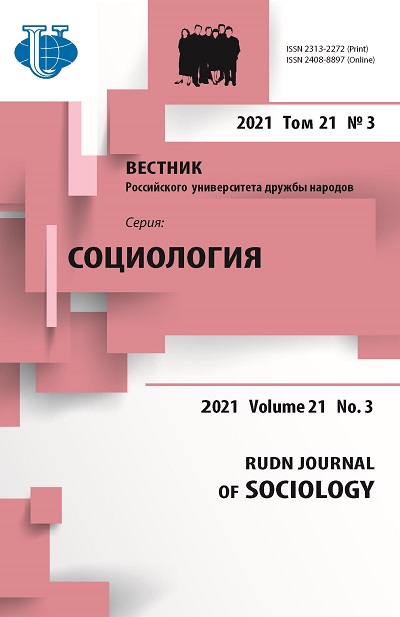Abstract
Since gaining independence, Kazakhstan has undergone significant changes in the territorial structure, which affected social representations of its regions. The authors reconstruct the dominant territorial images of the younger generations that grew up in independent Kazakhstan. The article is based on the results of the mental maps method applied for revealing images of the country. The authors studied the representations of the country’s territories from two geographical positions - the center (Karaganda) and the south (Shymkent). According to the research procedure, the informants drew their version of the country’s map with the most important territorial objects, and proposed associations for the features of certain territories. 80 first- and second-year students were questioned in the higher educational institutions of Shymkent and Karaganda. In the first part of the article, the authors examine the images presented on mental maps, in the second part - associations for regions of the country. Thus, the authors identify three circles of the territorial vision: core, semi-periphery and periphery. The core consists of the place of residence and the cities of republican significance - Almaty and Nur-Sultan (the so-called southern and northern capitals). The dominant images of the core are political, cultural, toponymical and resource. The semi-periphery consists of regional centers with the natural-resource and climatic images, the periphery - of cities far from the students’ place of residence and of the “voids” - territories not indicated on the map. The images of the periphery reflect mainly the climatic features of territories. The authors argue that the ‘recognizability’ of territories in the perception of the student youth reflects a certain hierarchical spatial structure in which the status cities dominate.














